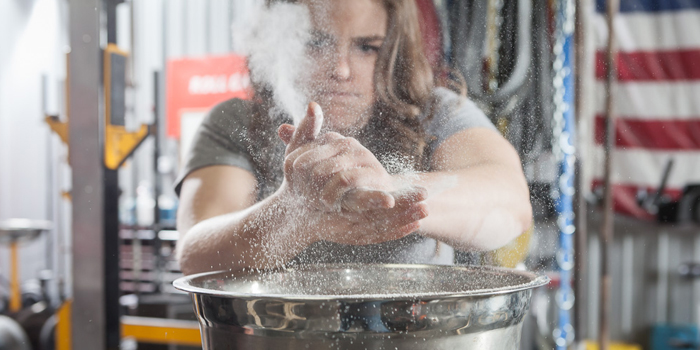
Last week I received a question from a reader of my blog and fellow lifter. Said lifter was asking why there is a lack of close grip bench press, dips, and chins in much of my programming (at least in the sessions I put out on my site). And I quote:
“I’m curious as to why close grip bench press and dips weren’t in the program, and chin-ups only once or twice. I’m used to seeing these exercises in most programs, so I’m wondering if you don’t like them or what.”
Let me be clear: It’s not that I have a burning hatred or passionate distaste for any of these exercises. In fact, I believe that they’re incredible when they’re executed properly.
But therein lies my exact reasoning for not including them in the majority of my programming for beginners and even some intermediate lifters. Advanced trainers aside, I see too many lifters let their ego get carried away with these movements. As a result, more and more weight gets piled on the bar, much to the detriment of form and sound exercise execution.
Here’s the thing — much of my train of thought here comes back to joint health. I’m a big believer in doing everything you can to care for your joints and promote long-term joint health and integrity. If you abuse your joints and find yourself having to eliminate exercises, constantly visiting a new physiotherapist or wondering why everything hurts all the time, you’re going to have one a hell of a time maintaining your training years down the road. And that’s not a fate I’d wish upon anyone.
RECENT: The Quest for Quadzilla Status — 5 Methods for Growth
Pertaining to these exercises, in particular, I’ve found that many lifters will compromise joint health for the sake of their ego and throw 40-50 extra pounds on the bar or add a load beyond their bodyweight for dips and chins.
As any well-written program should, each exercise should be selected with intent and purpose. When it comes to physique development, this becomes all the more important.
In the context of physique development, you shouldn’t need to add much (let alone 40 pounds of) external load to dips, chins or an unreasonable amount of extra weight to the bar that causes a breakdown in your execution.
Doing so often results in suspect exercise execution, a higher degree of joint stress, angry joints, and a less-than-optimal growth response.
When building as much muscle as possible is the goal, the amount of weight you use should not be the focus. Instead, working your muscles through a full range of motion, feeling every inch of each rep, and keeping the stress of the load in your working muscles is what you want to strive for.
Now, let’s get into how you can adjust your form, what to pay attention to, and how you can get the greatest gains from these three exercises without beating up your body.
Fine-Tuning Your Close Grip Bench
More often than not, lifters let the ego take the lead when it comes to the (close grip) bench press. What was once a great exercise quickly descends into some sort of bastardized, jerky pressing motion in effort to move as much weight as possible.
In part, this is due to the close grip nature. Bringing your elbows in by your side makes it easy to add more and more weight to the bar without thought or care for what your reps and sets may look like.
But that’s no excuse.
Here’s my solution, and an execution pattern that will promote greater, safer arm and chest gains:
- Slowly lower the bar to your upper pec shelf/collarbone region. Think 3-4 seconds on the way down.
- Flare your elbows out to your side and back (think of trying to push them behind your shoulders) as you lower.
- To raise the weight, think of squeezing the insides of your elbow towards one another.
- Contract and flex hard at the top for a moment before lowering again.
Despite seeming counter-intuitive to the goal, you’re going to want to use less weight than anticipated. As a reference point, for a set of 8-10, I’ll throw a quarter on each side for a whopping total of 95 pounds.
Master Your Dips
For those who’ve been around the iron for a while, being able to rep out endless sets of bodyweight dips is a point of pride and a badge of honor. Hell, I remember going through fitness testing and being incredibly proud of ripping out 33 dips and getting the highest score of testing. I also remember the shoulder impingement that I battled for close to a year.
Even seasoned lifters forget that reps for the sake of doing reps is not necessarily conducive to hypertrophy.
Dips performed incorrectly will cause your shoulders to swear mightily at you, lead to tweaks and pangs later on, and general feelings of awkwardness and discomfort.
Perform them correctly (either for chest or triceps) and I promise that you’ll feel nothing except for an excruciatingly sweet stretch through your chest fibers.
Unfortunate as it is, the only sure way to ascertain whether your dips are effective or not is practice and attention to how each rep and set feels.
Give this execution a shot:
- To crush your triceps, start with your body upright and a small forward lean.
- Keeping your elbows pointed behind you, lower yourself until your arms are at least at 90 degrees. If your shoulder mobility allows you to safely sink lower, do it.
- Pause briefly and focus on feeling your triceps stretch out. You’ll likely feel a stretch through your pec shelf as well.
- Initiate the concentric part of the exercise by flexing your triceps.
- Keep pressing yourself up until you’re nearly at full lockout, pause if needed, then move into the next rep.
Perfect the Pull-Up
Shoulder impingement and physic visits aside, thanks for nothing, kipping pull-ups.
While it’s cool to be able to rep out 2059 pull-ups, if it’s greater back size you’re after, who cares about how many momentum-abusing, shoddily executed, shoulder damaging pull-ups you can do?
Performed correctly, pull-ups are an incredible back builder. And in my experience, they're also especially effective in helping less seasoned trainees develop a strong mind-muscle connection with their lats.
As with the preceding exercises, the devil lies in your form and execution.
You become much more likely to contribute to developing shoulder issues if you have a habit of trying to push through shitty form.
Here’s how to execute pull-ups with precision:
- Begin with your scapula retracted, shoulders back, and abs tight. Basically, think of perfect posture. Do NOT aim to get yourself as high over the bar as possible.
- You should be chasing a full stretch and contraction of your lats. In a wide grip set up, this often means when your arms are bent at 90 degrees, you’ll feel the full contraction. In a neutral or supine grip position, this is often just past 90 degrees.
- As you lower yourself, let your feet come out in front of you. This will help facilitate a full stretch from origin to insertion of your lats. Your body positioning should resemble something in between an I and and L. This feels incredible, by the way.
- Once fully lowered, sink into the stretch for a moment before ensuring your scapula is retracted, shoulders are rolled back, and you initiate the next rep.
Unless you’re using an assisted pull-up machine, I suggest not chasing a specific rep count. Instead, rep out until form failure. Pull-ups have vastly diminishing returns as soon as you fatigue and form starts to break down. Not to mention, the drop off in your ability to do more goes downhill rapidly.
The Final Reps
Again, it’s not that I believe these exercises to be of questionable use. Rather, they are movements that I believe are best reserved for intermediate to advanced lifters or taught to beginners in person.
My line of reasoning is thus: why would I program an exercise that has a high degree of being executed dangerously or improperly when there are so many suitable, safer, and effective alternatives?
As much of training, nutrition and physique development goes, the context is everything.
Alex is a self-proclaimed anti-meathead and part-time nerd. When he's not working towards Greek God status in the gym or learning how to better serve his clients, he can be found exploring how to further crush life, perfect his flair in the kitchen, or pulling the perfect shot of espresso. You can learn what he's all about at MASSthetics.









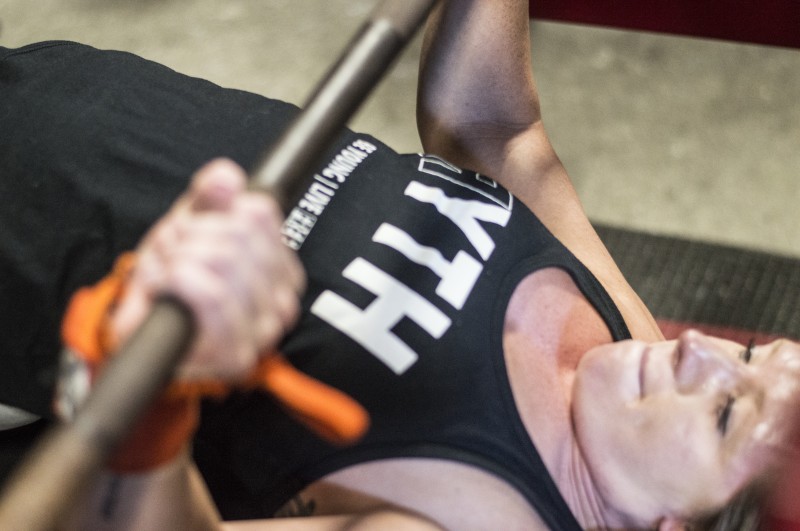
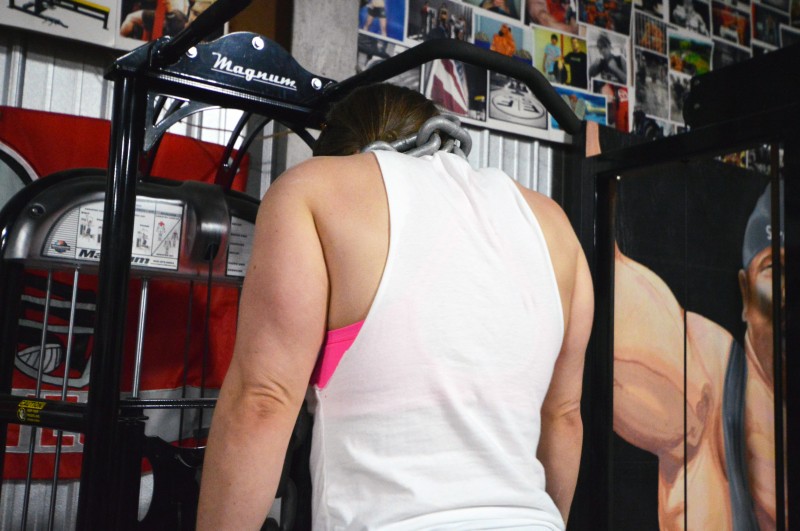
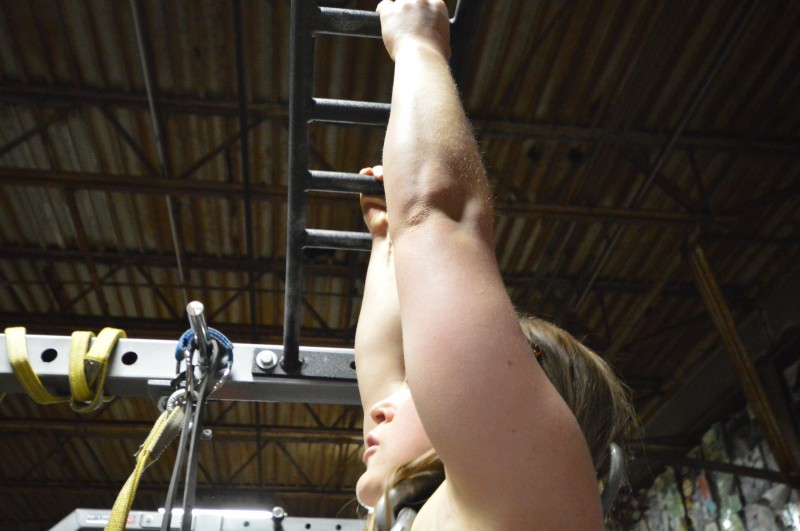
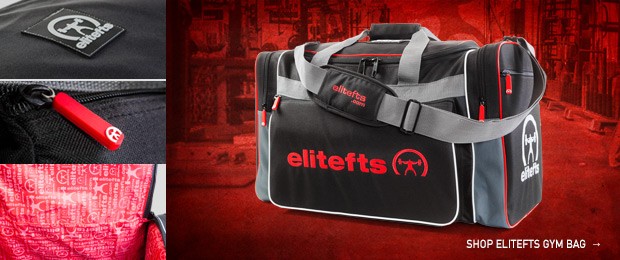
1 Comment